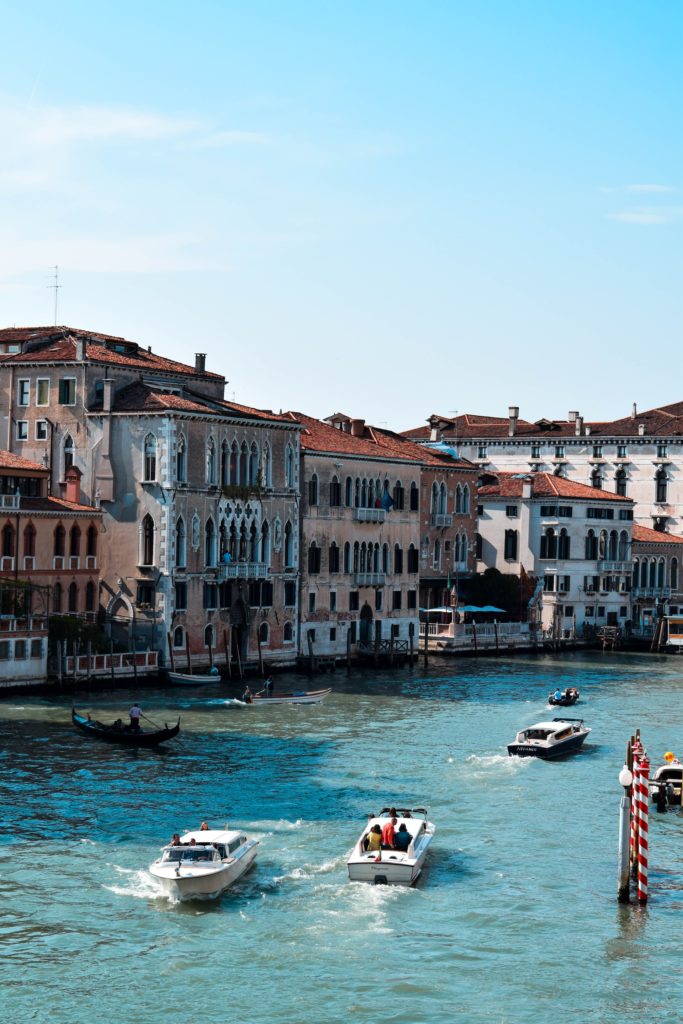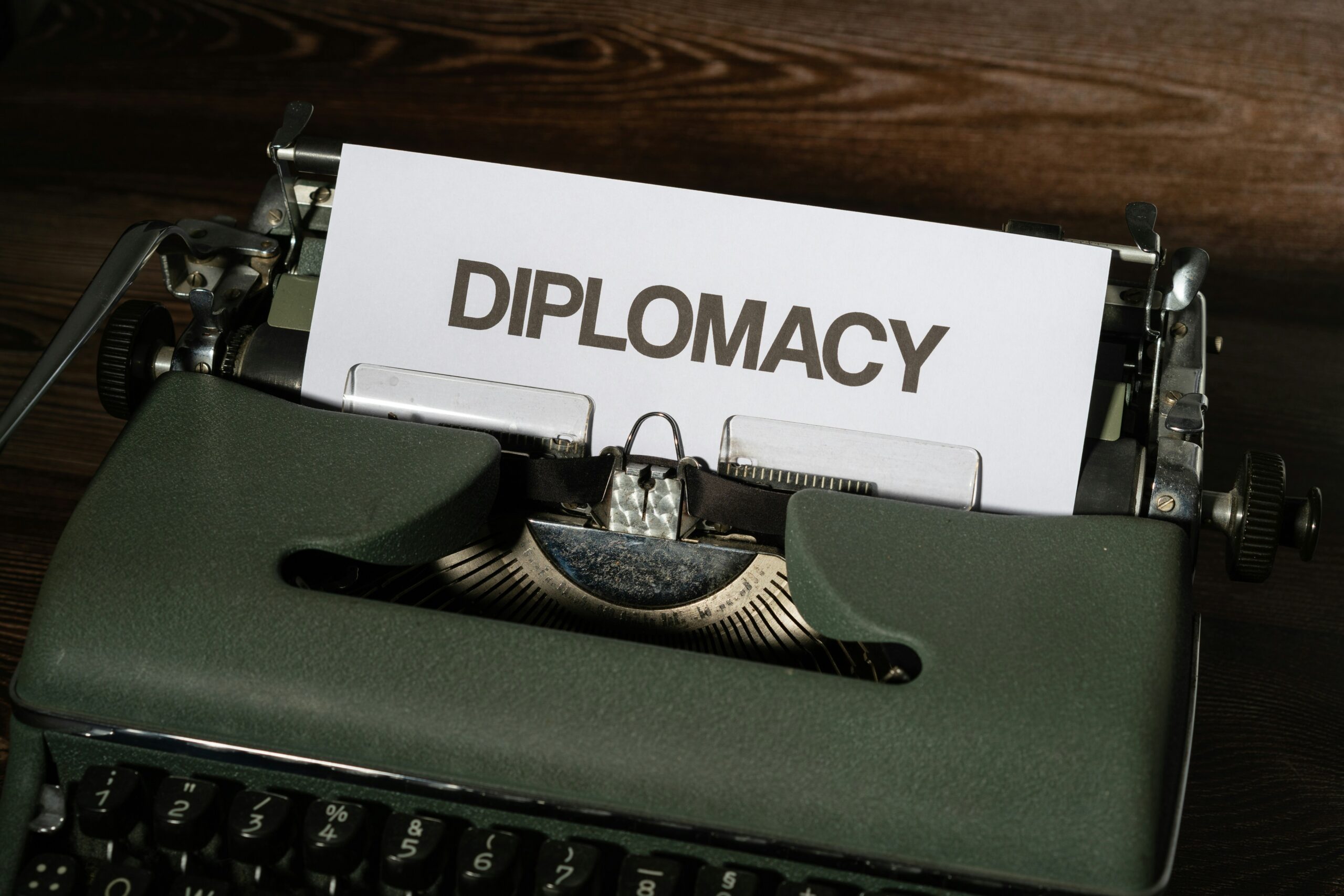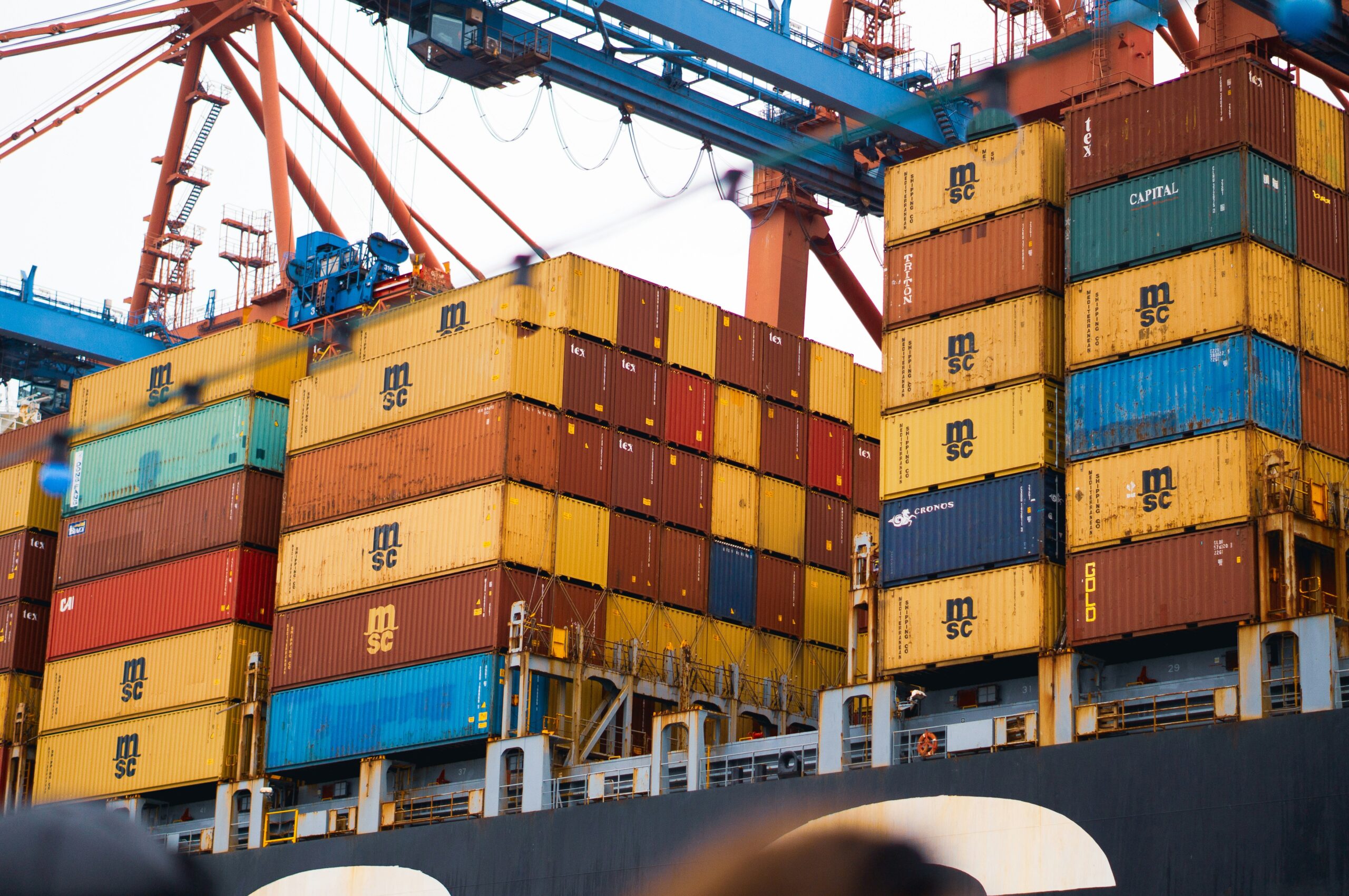The history of trade between Italy and other countries is rich. Historical ties with eastern European nations, Libya, and the Palestinians have been preserved by Italy. Traditional Italian trading prowess was based on textiles, food products, and manufactured goods.

U.S.- Italy relations
Following the unification of much of the peninsula into one state in 1861, the United States established diplomatic relations with Italy. Italy declared war on the United States in 1941, along with the other World War II Axis nations, Germany and Japan. In 1944, the United States resumed diplomatic relations with Italy. The United States and Italy now have strong and friendly ties.
Italy is a dependable and active transatlantic partner, and the US and Italy have worked together to promote democratic ideals and international collaboration, particularly in areas of conflict and civil war. Because Italy is a global leader in peacekeeping and military operations, the US-Italy cooperation is one of our strongest.
On major economic issues, including within the G-7, the US and Italy work closely together. With two-way commerce in products and services valued at $103.112 billion in 2019, the United States is one of Italy’s most important trading partners. As a member of the European Union (EU), Italy is bound by EU treaties and legislation, particularly those that control or affect corporate investments directly or indirectly. Italy is required to grant national treatment to US investors established in Italy or another EU member state under the EU Treaty’s Right of Establishment and the Friendship, Commerce, and Navigation Treaty with the United States.
Germany – Italy
Following Italy’s unification, relations were created. Since they fought together against the Austrian Empire and sections of their respective regions belonged to the Holy Roman Empire and the German Confederation, the two countries have had a particular bond. Despite being members of the Triple Alliance, Italy and Germany became foes during World War I. During World War II, both countries became members of the Axis powers, forged an alliance during the Cold War (West Germany), were among the inner six, and after their economic miracle, became two of the G6 nations.
In 2017, Italy’s economy was listed as the world’s seventh-largest exporter, while its imports were ranked tenth. Germany was Italy’s top importing and exporting partner in 2017, with $72.2 billion in imports and $58.5 billion in exports. Cars account for 7.1 percent of Italy’s imports, while Packaged Medicament (Medicines) account for 4.5 percent of its exports. These are Italy’s most important imports, with Germany accounting for 33% and Spain for 12%. While Italy’s main exports of medicines are to Belgium, Luxembourg, and Switzerland, accounting for 32 percent of total exports, exports to Germany account for 9.6% of total exports.
The UK – Italy
The international ties between the Italian Republic and the United Kingdom of Great Britain and Northern Ireland are known as Italy–United Kingdom relations, often known as Anglo–Italian relations or Italo–British relations. Italy and the United Kingdom have a cordial and extremely strong bilateral relationship.
Every year, between 4 and 5 million British visitors travel to Italy, whereas 1 million Italian tourists travel to the UK. Around 30,000 British citizens reside in Italy, while 200,000 Italians reside in the United Kingdom.
In 2011, 7,100 Italian students were enrolled in UK universities, ranking seventh among EU countries and fifteenth worldwide.
France – Italy
International ties between the French Republic and the Italian Republic are referred to as France–Italy relations. France and Italy, officially the Italian Republic (since 1946), and its predecessors, the Kingdom of Sardinia (Piedmont) (1814–1861) and the Kingdom of Italy (1861–1946), have diplomatic, political, military, economic, and cultural relations.
The Quirinal Treaty was signed by Mario Draghi, the Italian Prime Minister, and Emmanuel Macron in the Quirinal Palace in Rome on November 26, 2021. “The Treaty will promote the convergence of French and Italian positions, as well as the coordination of the two countries in matters of European and foreign policy, security and defense, migration policy, economy, education, research, culture, and cross-border cooperation,” according to the 13-article agreement. According to both administrations, the Treaty marks the start of a new era of cooperation between the two countries in terms of European Union leadership and advancement.



